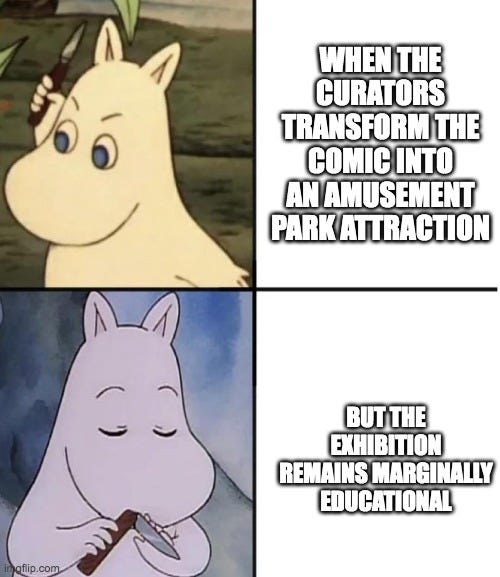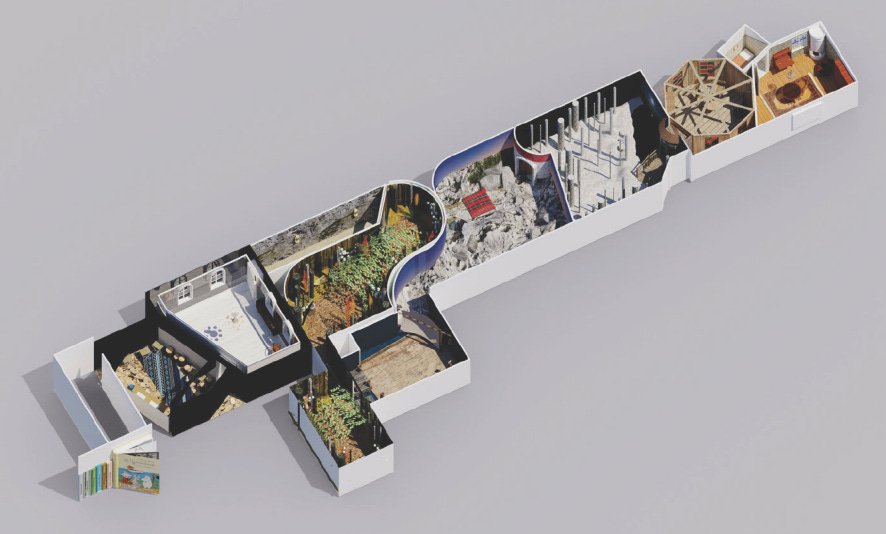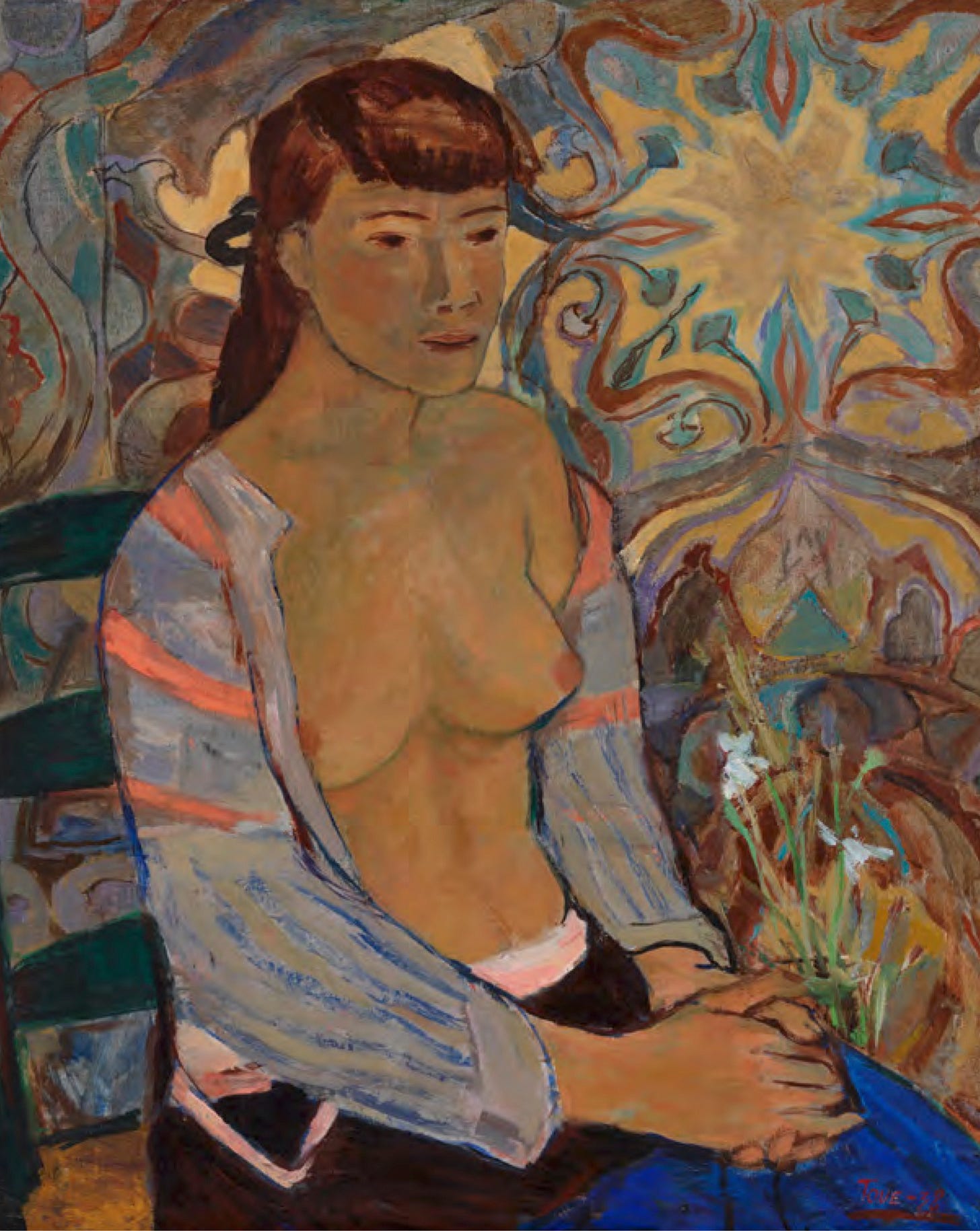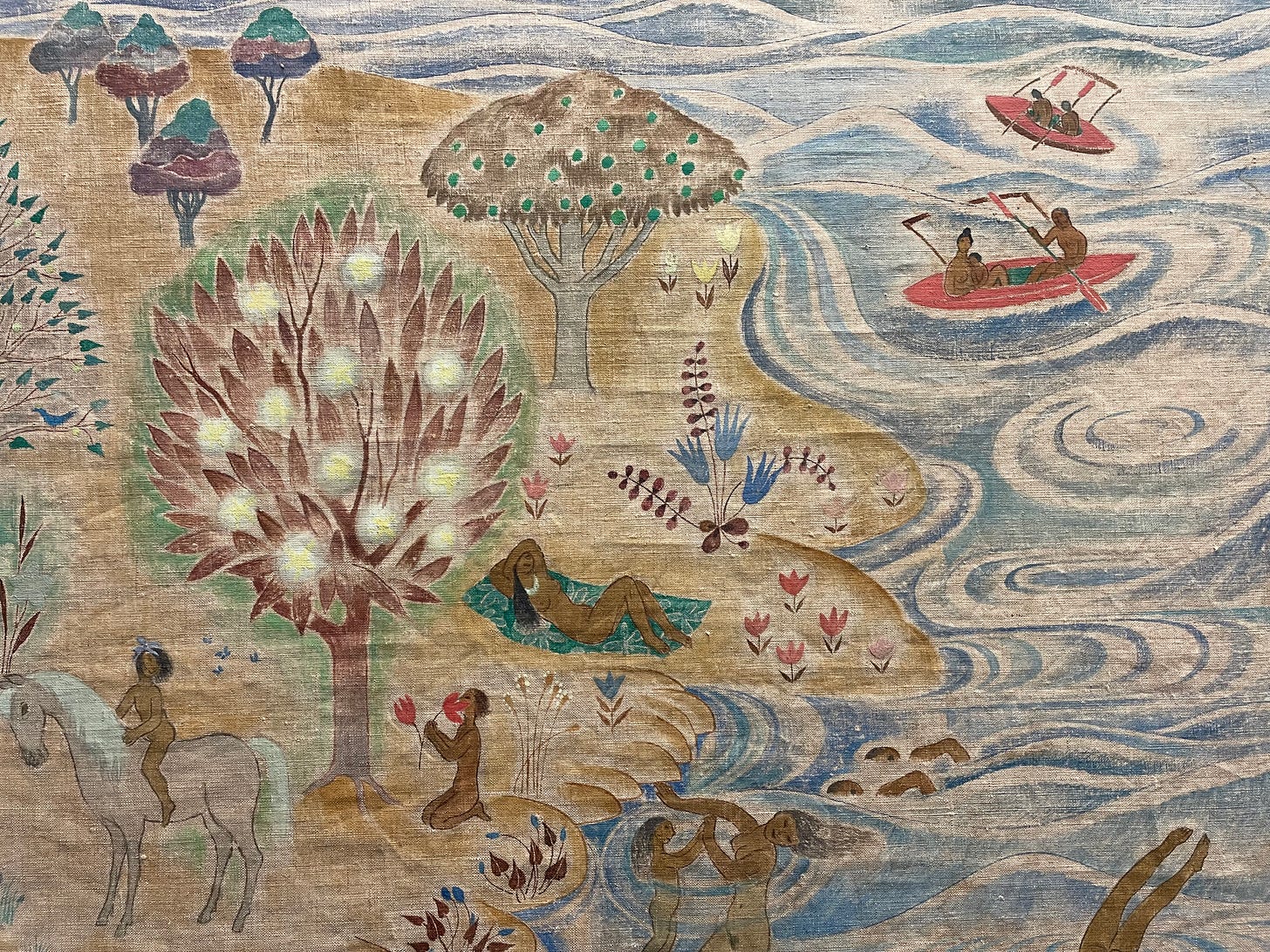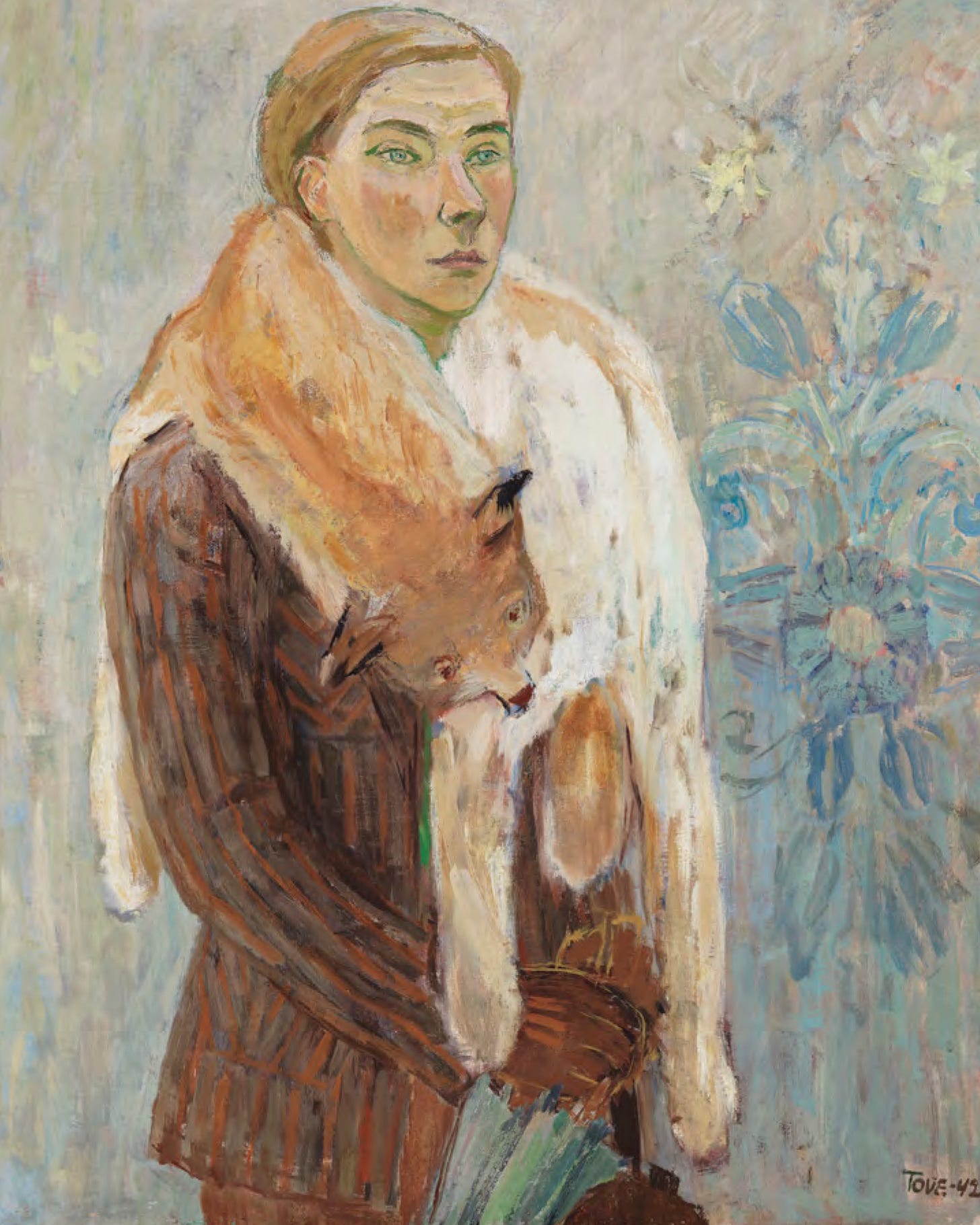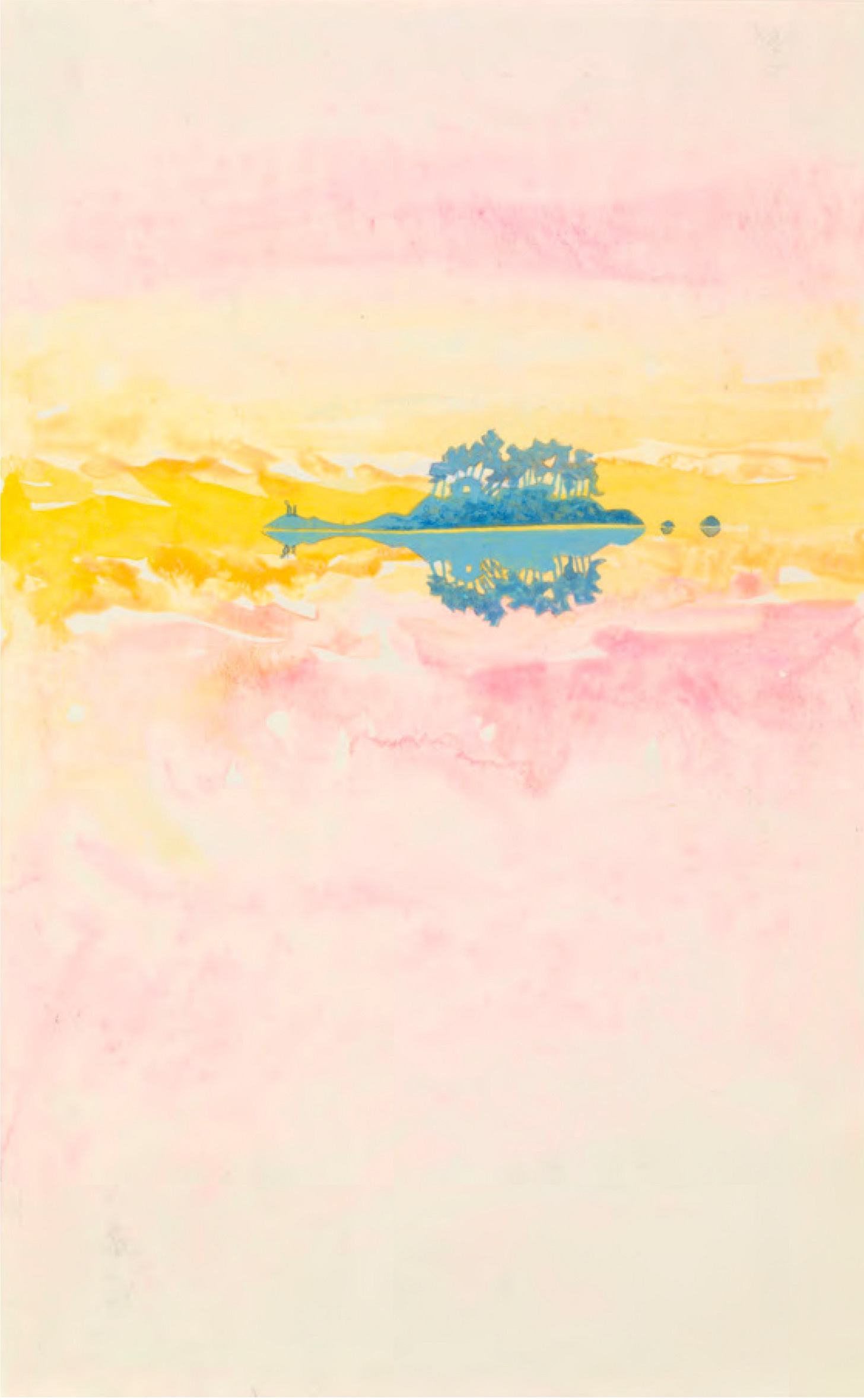Houses of Tove Jansson or the Moominverse of Tove
I went to see a great retrospective of Tove Jansson in Paris, curated by Sini Rinne-Kanto.
Around the mid-1990s, the Japanese animated adaptation of the Moomins began to appear on Mexican television. It was already too late for my MTV-addicted brain, and they never once caught my attention. However, as years have passed, I've fallen for their cuteness and realized their importance in the imaginations of friends who grew up with the distant presence of Moominpappa, Moominmamma, and their friends from the Nordic forests.
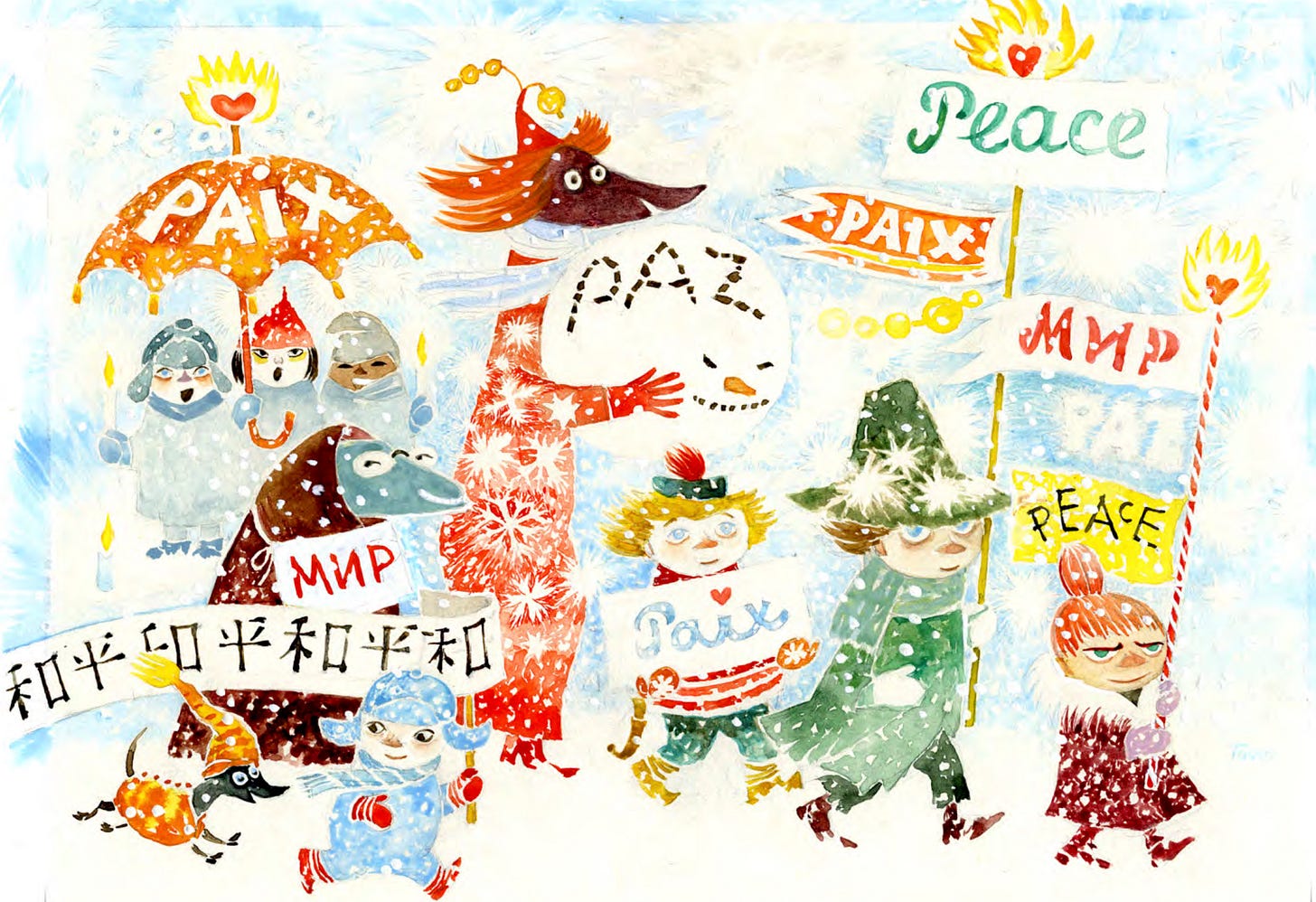
The Moomins were the central characters in a series of nine novels written and illustrated by the Finnish artist Tove Jansson, which were published between 1945 and 1970. During this period, the Moomins also became a globally successful comic strip about a peculiar band of trolls and a brand in itself with dozens of commercial outlets. Initially, Jansson used the Moomins to cope with the sadness and fear of the last days of World War II. However, their universe later evolved to address more mundane and fun aspects of childhood without patronizing children by ignoring their experiences of sadness and melancholy.
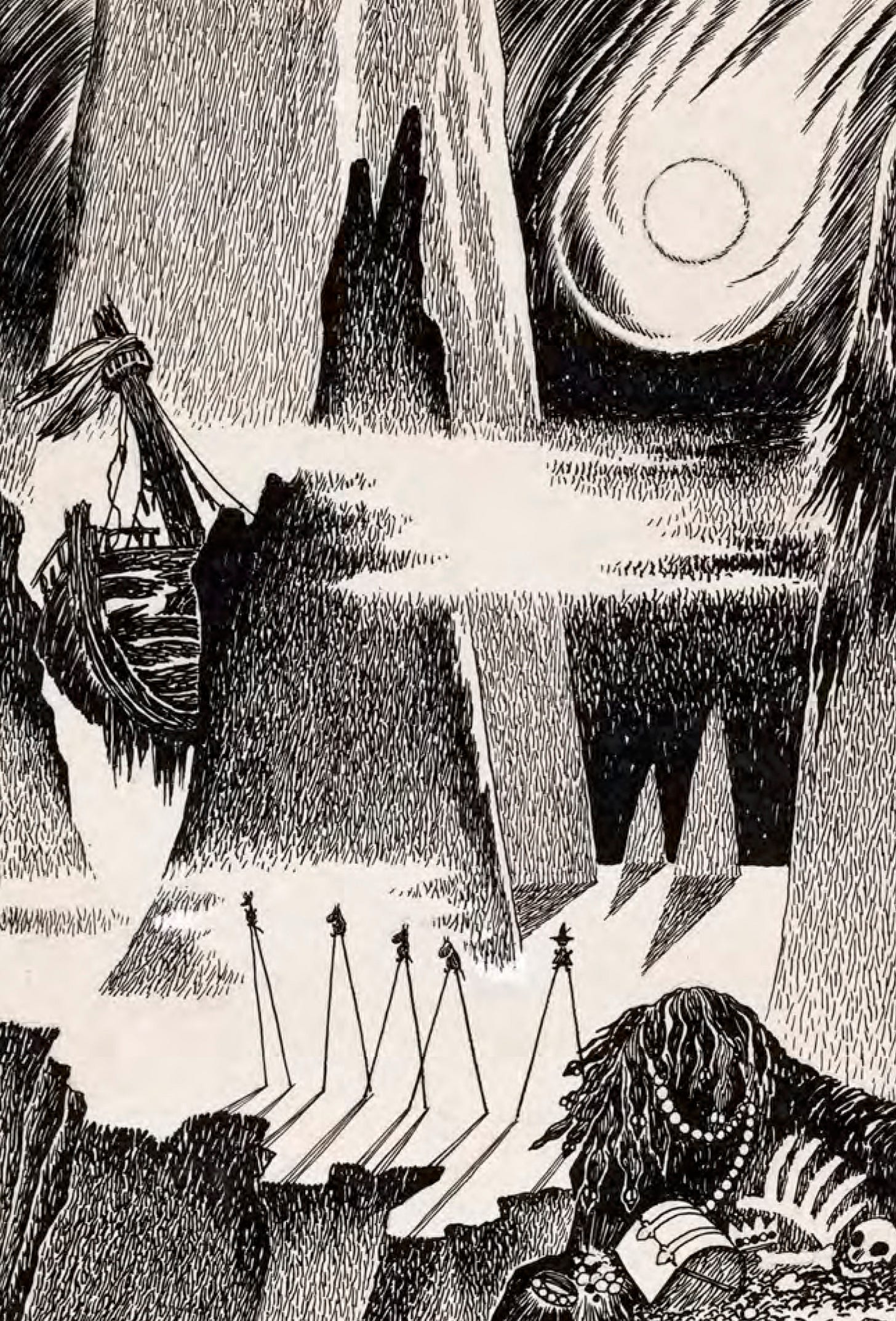
Several exhibitions have been dedicated to these characters, some of which offer different curatorial perspectives on this unique cultural product that evolved from a literary world to a comic strip and then into a globally successful brand.
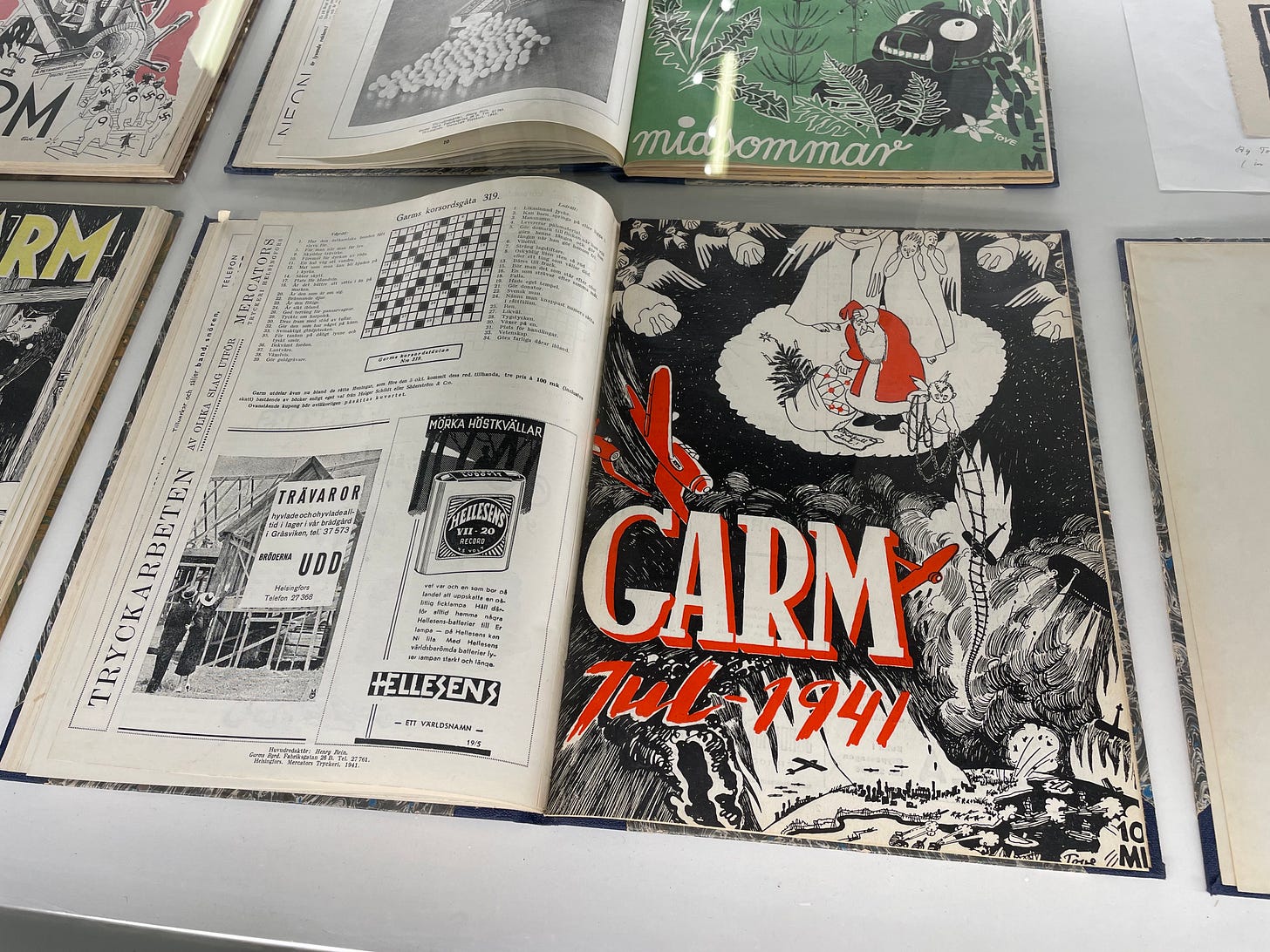
The Southbank Centre in London offers in its catalogue of touring exhibitions “Adventures in Moominland”, an ‘immersive experience for all ages’ where ‘visitors are invited to clamber through forests, huddle in caves and set sail on the high seas to find the Moomin family’. Snippets of information are dispersed between these amusements and while information and original artworks can be present, their in-depth contextualization is not the main purpose of the show. This is of course an approach that sells loads of tickets when you are presenting an already successful franchise, so if you are a big museum this is a winning formula to balance something that sounds and looks both fun and educational to a degree.
When “Adventures in Moominland” was presented in London in 2016, it was immediately followed by the somewhat more serious “Tove Jansson (1914-2001)” at the Dulwich Picture Gallery. Here Jansson’s work as a painter was highlighted even as the Moomins were actively present in the space, appearing running on walls, crossing galleries and peering into her other creations. There was no immersive experience apart from colored walls on many rooms but the overall tone of the show seemed to be Moomin-driven.
A recent exhibition in Paris, “Houses of Tove Jansson”, curated by Sini Rinne-Kanto for The Community, attempted a smart third take by proposing a distinctly different show reviewing Jansson’s entire oeuvre, showing for the first time many works, and highlighting a certain contemporaneity in them by establishing dialogues between Jansson’s work and those of several contemporary artists and an artist duo. While the pairing of older work with contemporary artworks is not new even in the context of major comics (see “Good Grief, Charlie Brown” at Somerset House, 2019), the great curatorial leap in this show is the plain act of considering all of Tove Jansson’s work as a whole instead of segmenting it and thus tacitly creating distinctions of higher or nobler forms of arts apart from her work in commercial illustration, graphic literature or narrative art. A true retrospective at last.
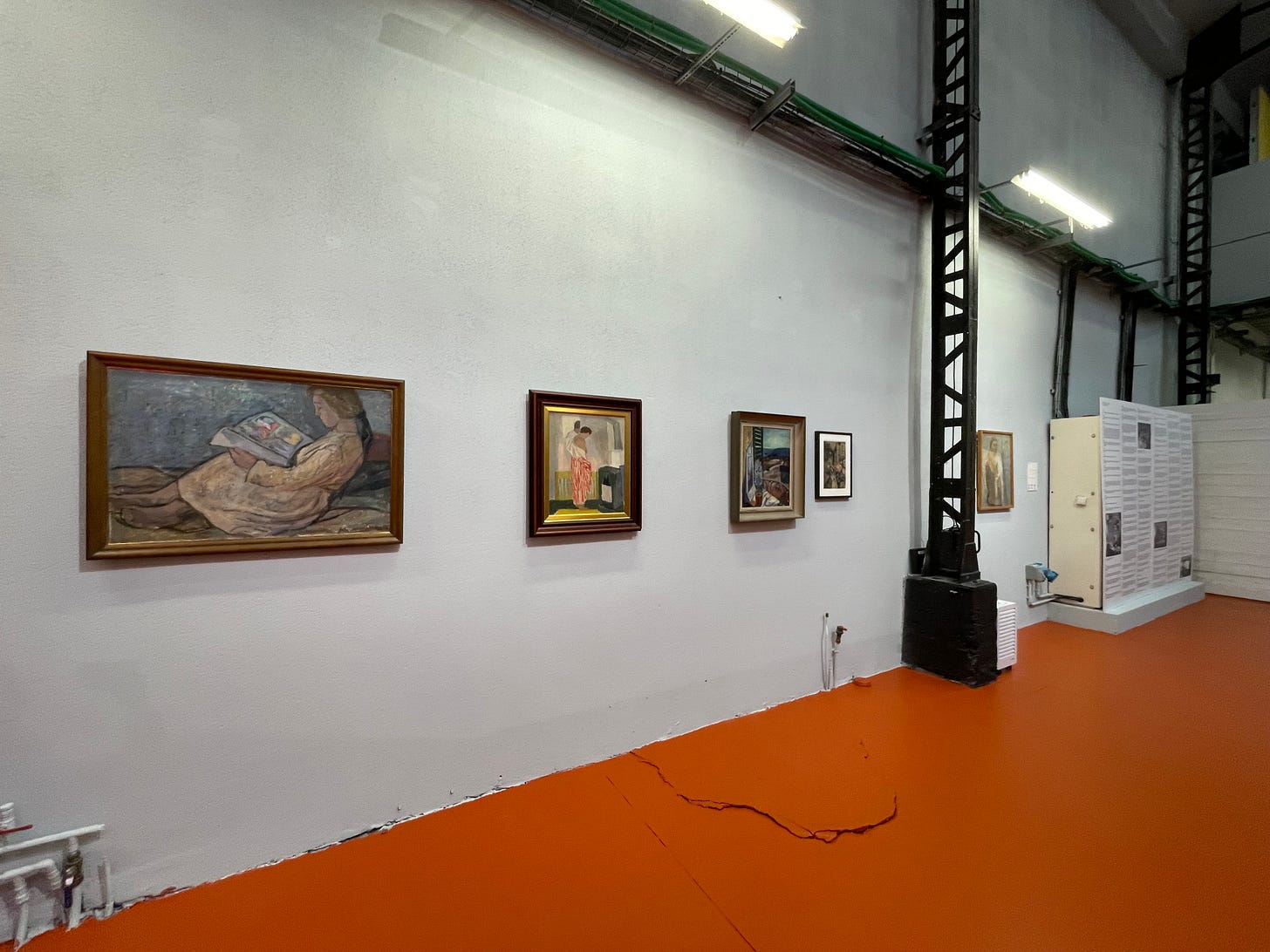
If the immersive show at Southbank Centre created an opportunity to enter Moominland, “Houses of Tove Jansson” presented a way into the intimacy of the artist, integrating for the first time her private life and sexuality (she was gay and hinted at it in letters and even paintings, where she placed herself as an outsider observer of social norms alien to her preferences), the political context surrounding the times she lived in Finland and different moments of all her artistic oeuvre, understood as encompassing everything from her early commercial work as an illustrator and political cartoonist, her explorations as a painter and stage designer, to her success as a writer and creator of the Moomin universe and well beyond.
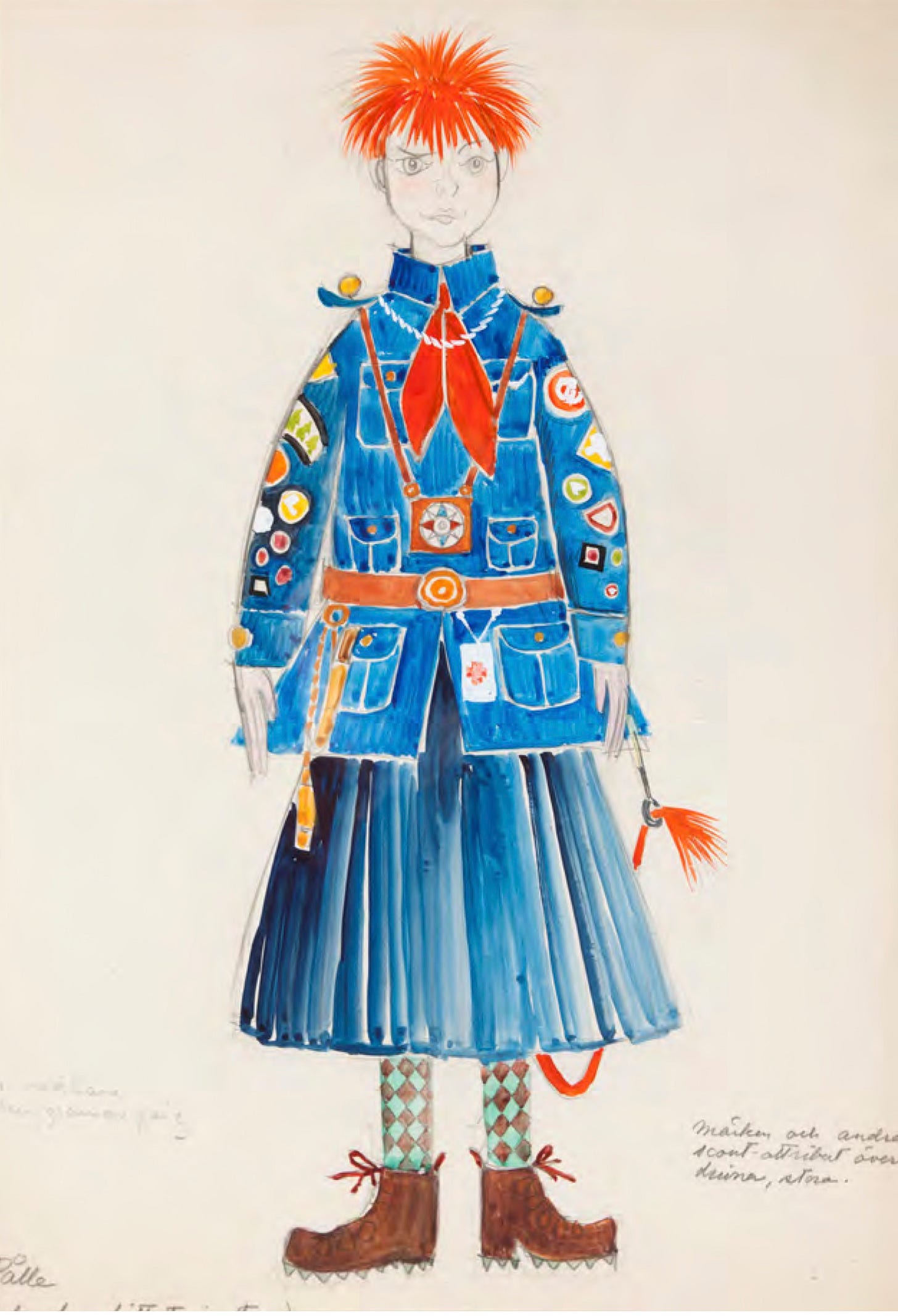
An accomplished novelist, Jansson is the author of “The Summer Book” (1972), a novel written in her late fifties in which the Nordic summer landscape acts as the background for the playful and complex relationship between a child and her grandmother. The proximity to the sea, a revere towards nature, and the acceptance of life mysteries, including the idiosyncrasies expressed in every individual’s peculiar life choices, take center stage in the narration. These themes, or rather, these life obsessions of Tove Jansson are some of the houses the exhibition alludes in the title, the pillars upon which the artist built her life and oeuvre. The houses imagined by Moominpappa in the Moomin universe intermingle with the house Tove and her life partner Tuulikki Pietilä built for themselves in an island called Klovharun. It is from that interstice between reality and fantasy that we approach her life throughout the show.

In her paintings we follow the artist as she tries to find her own voice, moving to Paris in her twenties to study at Beaux-Arts, exploring styles and excelling in communicating her fascination with the jumbled urban landscapes of the 1930’s, taking breaks to experience the light of Brittany, dwelling on hues of blue in her representations of local seaside life while perhaps following the footsteps of Gauguin and dreaming of the exotic lives of the natives living in imaginary faraway islands.
Her self-portraits from 1937, 1940 and, most strikingly 1942 are her most accomplished paintings of the period, showing her inner change and the evolution of her painterly style, from feminine young woman trying to please with colourful details and side looks, to androgynous dandy, self assured and independent if cold and distant.
And yet, it is always in drawings that we find her in total freedom. It is in detachment from reality that she finds space to play, moving to the back of her mind the canonical formats of painting, the rules of portraiture and perspective, her inspirations and references. In drawing, a certain wildness is always present, a certain darkness too, and they are both completely her own.
In one of the galleries in the exhibition, a contemporary installation of Anne Bourse (1982, France) (“I think we are alone now”, 2023) interacts with a series of sketches and photographs by and of Tove and her life partner Tuulikki (Too-ticky in the Moominverse). One sketch representing elongated, feline figures in a stage design project (“Scenography for the ballet Marionettes”, N.D.) looks perfectly at ease with the nearby installation of Bourse, a sort of punk dolls house, mental landscape of fluorescent pinks, a diorama of a potential dance floor reminiscent of Marc Camille Chaimowicz’ “Celebration?, Real Life” (1972).
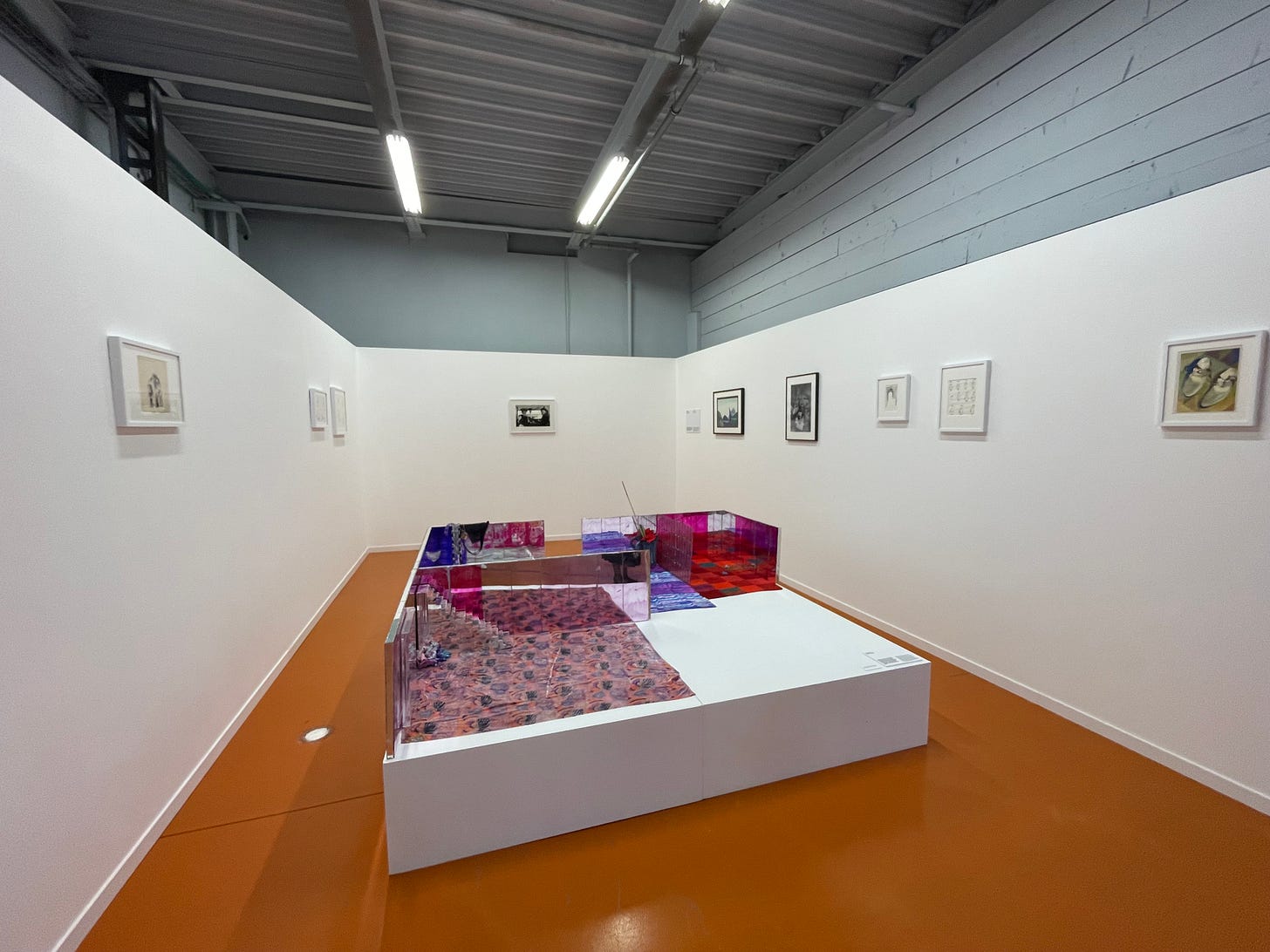
Distant epochs but relatable intensities come together in other of the encounters between Tove and Emma Kohlmann’s (1989, USA) large-format playfully strange watercolours; or with the work of Vidya Gastaldon (France, 1979) who uses domestic objects as canvases for her paintings inspired by nature. But the most successful dialogue is both the most unexpected and the humblest, achieved with a twenty six year old work by the duo Elmgreen and Dragset (Michael Elmgreen, b. 1961, Denmark; Ingar Dragset, b. 1969, Norway), done well before they could afford their now signature massive public sculptures and installations.
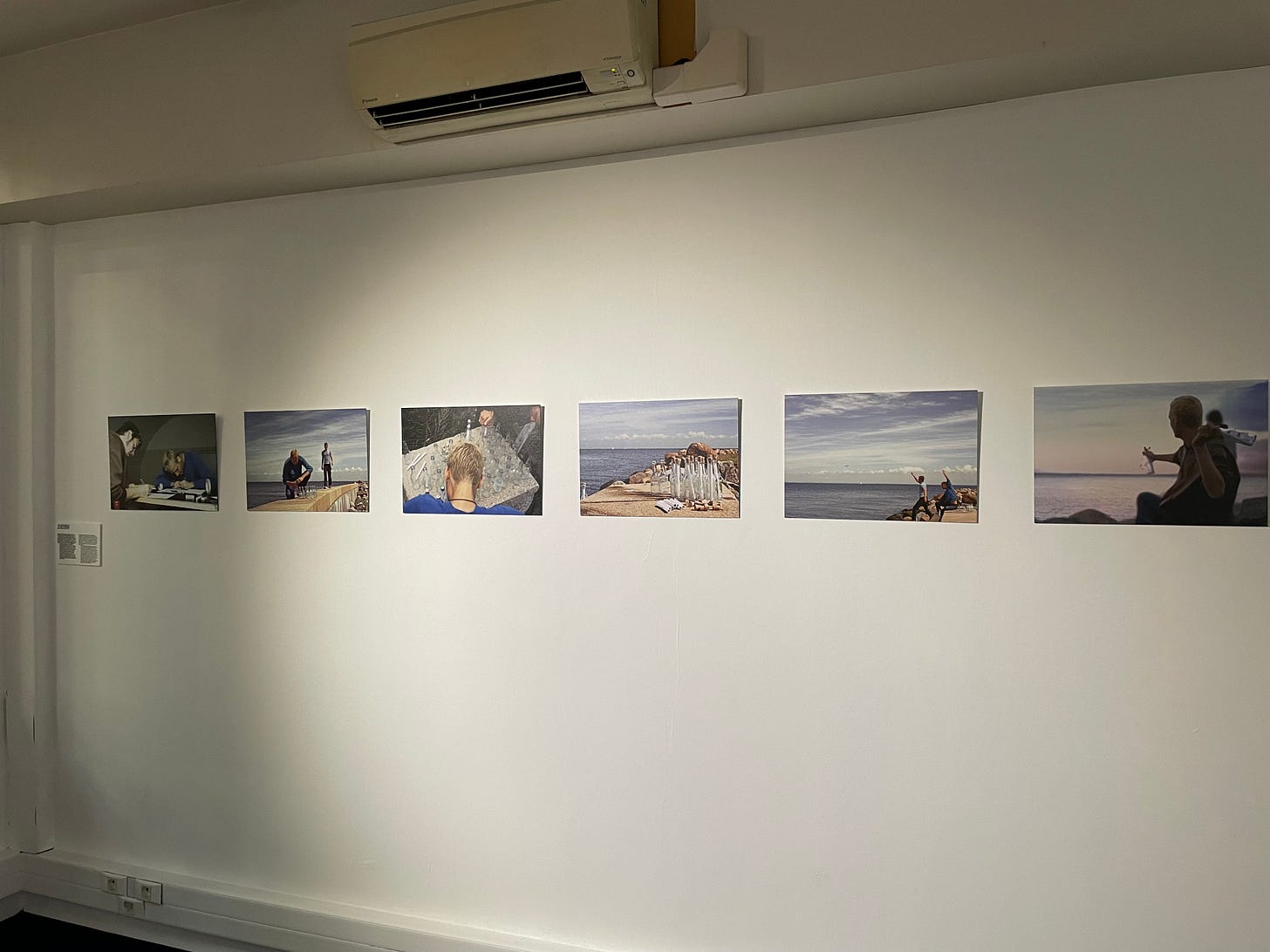
Back in 1997, the duo was invited to spend time in a manmade desert island in Denmark. The result of their residency were 300 drawings that were later sealed into bottles and cast into the sea. “Powerless Structures, Fig. 14” (1997), a series of unframed photographs hanged simply on the wall, was the resulting documentation of this modest action in which the exhibition space was moved into the open sea, the moment of reception indefinitely postponed but permanently opened, in the way a closed book awaits its reader to come to life, each time in a unique way.
I’m at last ready to pick up one of those bottles thrown into the sea by Tove from her little island. Perhaps it won’t be the Moomins but one her many other quirky, rebellious works, brought to the present in this smart show.
Houses of Tove Jansson took place between September 29 and October 29, 2023 at the Espace Mont-Louis, 8 Impasse de Mont Louis in the 11th arrondissement of Paris. It also presented the works of Carlotta Bailly-Borg, Ida Ekblad, Anne Bourse, Elmgreen and Dragset, Vidya Gastaldon, Emma Kohlmann and Cerith Wyn Evans.



